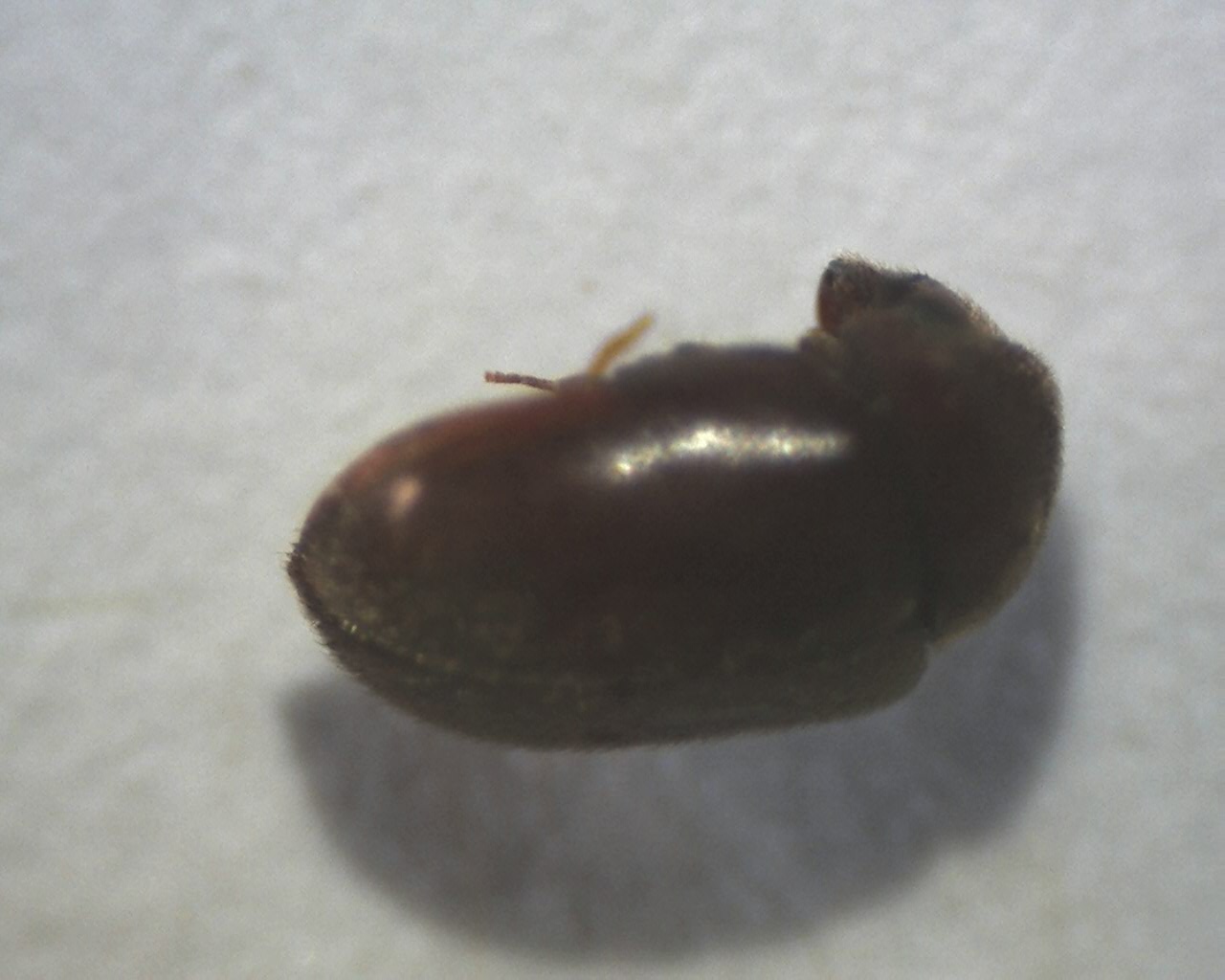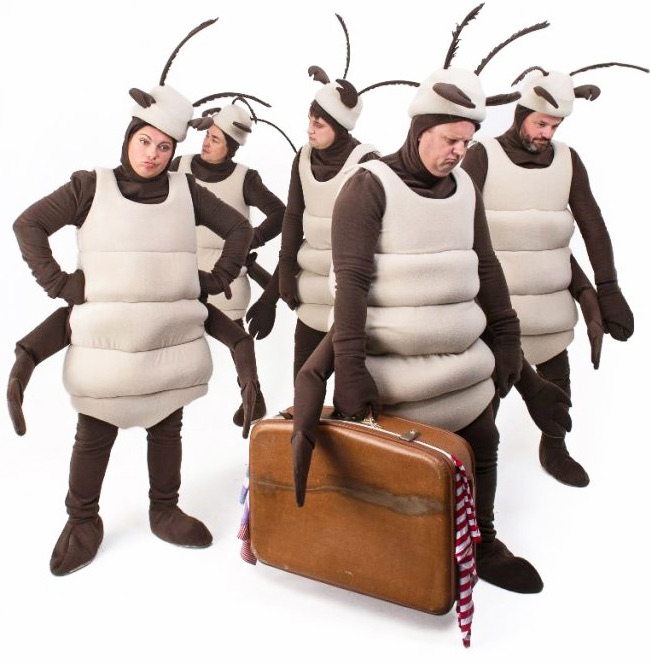Recently, one of our technician brought back an insect that a homeowner in Carindale, Brisbane, found in their home. We were able to identify the insect as the “Cigarette Beetle” with our in-house digital microscope. The magnification allow us to identify the distinctive shape and characteristics of most insect.

The Cigarette Beetle has the wildest range of foods of any of the stored-product pests and is a very common and widespread ‘pantry’ pest.
If you have found a strange insect in your home, and you want it identified to be able to have the most appropriate treatment carried out, call us now on 1300 417 007
Information about the Cigarette Beetle: (AMEPA Website)
Cigarette beetles, Lasioderma serricorne, also commonly referred to as cigar beetles or tobacco beetle, are a small beetle, measuring about 2 to 3 mm and are reddish brown. They are oval shapped and the head is often concealed by the pronotum when the beetle is viewed from above. The elytra (wing covers) are covered with fine hairs. When disturbed they often pull in their legs, tuck their head and lay motionless. They prefer to reside in dark or dimly lit cracks, nooks and crevices but become active and fly readily in bright, open areas, in an attempt to find refuge. They are most active at dusk and will continue activity through the night.
Cigarette beetles look almost identical to drugstore beetles but can be distinguished by two easily identifiable characters: the antennae of the cigarette beetle are serrated (like the teeth on a saw) while the antennae of the drugstore beetle are not and end in a 3-segmented club. The other difference is that drugstore beetle elytra have rows of pits giving them a striated (lined) appearance while those of the cigarette beetle are smooth.
Habits
Larval stages are very hairy and generally reach 4mm length. The female will lay between 20 and 100 eggs singly, within the food commodity over several days. Hatch will generally occur at 1 week depending on conditions, larvae mature over 6 - 10 weeks to puparium stage where they will lie in a cocoon of food particles for 1 - 2 weeks until eclosion or adult emergence. The process from egg to adult takes between 8 and 13 weeks. Larvae become dormant and may hibernate below 16° c. Eggs are also laid in the folds of bundled tobacco in storage, never in fresh tobacco in the field. The open ends of cigars are also sensitive areas for oviposition (placing of eggs), where product quality may be severely and detrimentally affected. Generally however, they will not enter packaged product for oviposition. Adults are strong fliers, and are particularly active in subdued light at temperatures above 18° c.
As indicated by its common name, the cigarette beetle is a pest of tobacco, both in the refined cigarette packet presentation and also as stored in hogsheads and bales, but is also a minor pest of oilcake, oilseeds, cereals, dried fruit, sage, flour, and some animal products.
Habitat
The cigarette beetle can be found worldwide - especially wherever dried tobacco in the form of leaves, cigars, cigarettes, or chewing tobacco is stored.
Threats
Stored-product pests are responsible for tremendous damage and economic losses to post-harvest and stored grains and seeds, packaged food products and animal and plant derived items and commodities. Larval feeding causes direct damage to foodstuffs and non-food items. These products are contaminated by the presence of beetles, larvae, pupae, cocoons, frass (fecal material), and insect parts. Beetles chewing through cardboard boxes and containers, and packaging cause indirect damage. Cocoons are often attached to a solid substrate and in severe infestations form large clusters.
Prevention
Locating the source of infestation is the first and most important step. Heavily infested items should be wrapped in heavy plastic, taken outside and thrown away. All food containers and items should be checked for infestation. Items can be placed in the refrigerator or freezer for four to seven days to kill all stages. Place items in a plastic bag to reduce condensation problems during thawing. To prevent reinfestation, clean up spilled flour, mixes, crumbs, etc. and thoroughly vacuum and clean areas where the contaminated items were stored. Store foods in airtight glass, metal or plastic containers. Nontoxic traps are also available to inhibit the development of adult and these traps are generally known as pheromone traps. Fumigation is another method possibly required for large infestations




